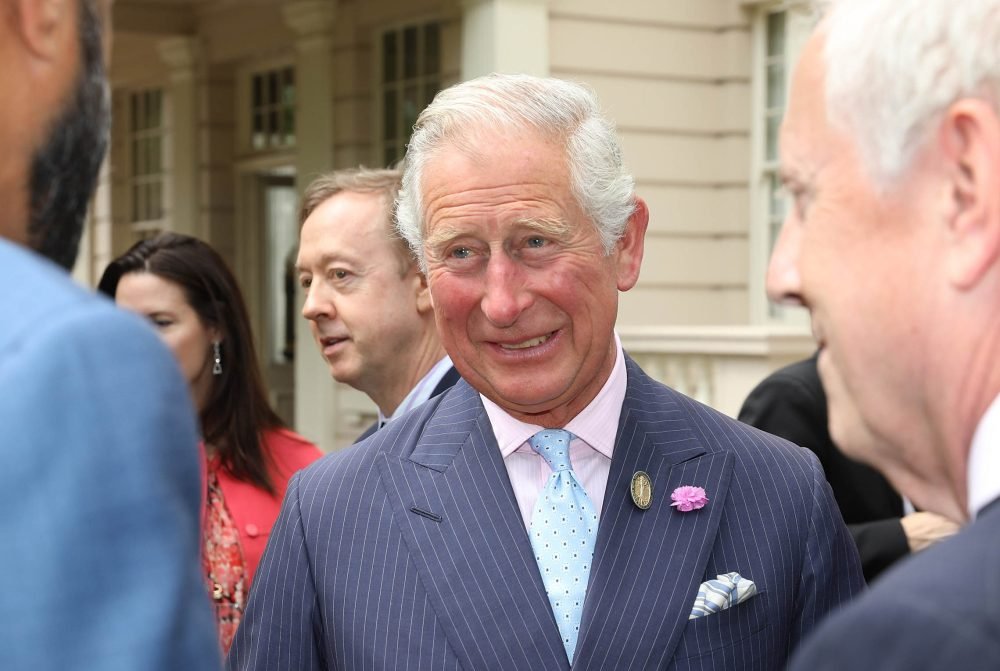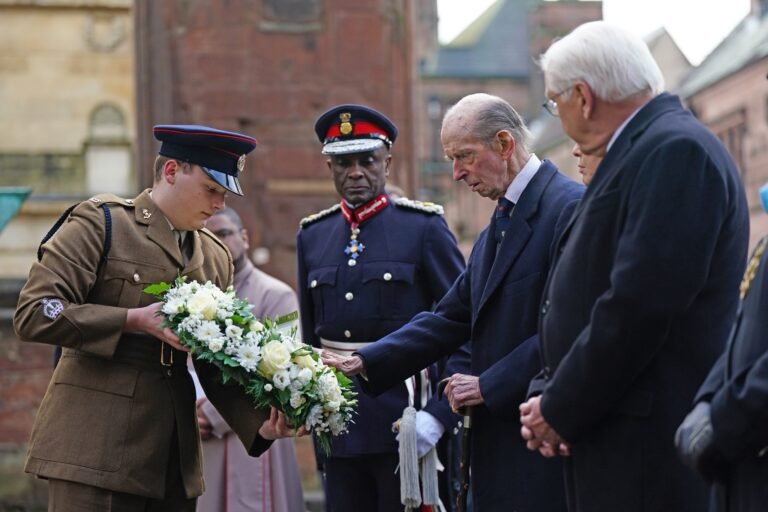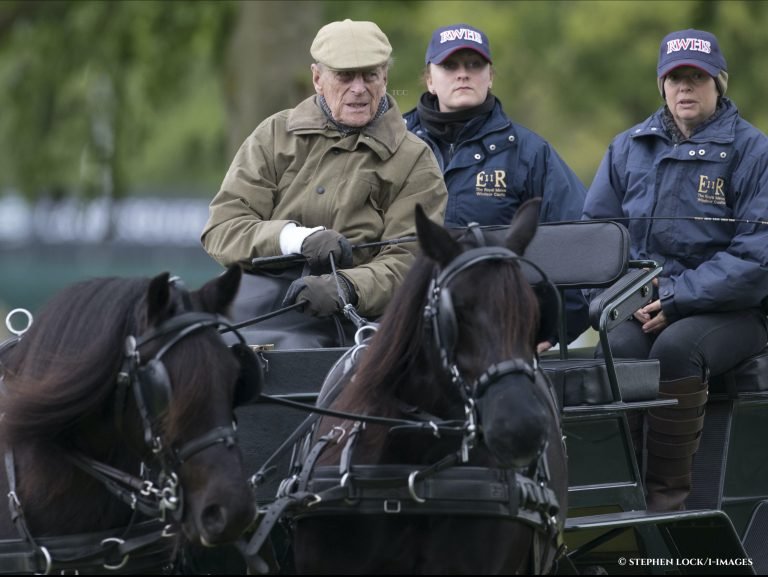As anticipation grows for the beginning of the beautiful Spring weather, The Prince of Wales today introduced a challenge to children beginning their February half-term break: to go out and explore their natural surroundings.
A long time advocate for the natural world, Prince Charles was eager to play a part in encouraging the nation’s youth to explore the beauty that is right outside of their doors and to discover the wonders of their natural surroundings. Each series of challenges has been specially created to ensure that anyone who would like to participate will be able to. All can be carried out locally and the only travel required will be on foot, making such work possible under pandemic restrictions.
A total of six different patronages of His Royal Highness will participate and will deliver their projects’ specifications via Clarence House social media channels. Each organisation will discuss the various instructions and will share how they are helping to not only protect, but to foster and cultivate the natural world around us.
This week marks February half-term for many in the UK, so why not take some time to explore your local area to see what is happening in the world around you with The Prince of Wales’s Nature Challenge. ??
#PoWNatureChallenge pic.twitter.com/MeETb1bXf8— The Prince of Wales and The Duchess of Cornwall (@ClarenceHouse) February 13, 2021
In his video message today, The Queen’s son expressed his awe for the wonder of nature: “What I love to see is how each of these things (i.e. buds on trees becoming leaves, bulbs pushing up into Spring flowers) depends on everything else happening – how the millions of tiny organisms in the soil make it possible for the flower to grow; how the trees become home to lots of insects and give shelter to birds as they build their nests. But you wouldn’t believe it, the way everything works together goes even deeper. You can see this if you look really closely at the patterns of things.”
Additionally, Prince Charles stated that by paying attention and looking closely at all of the patterns in nature, it becomes easy to see and understand the way in which nature works together to keep life going.
All participants are asked to follow the hashtag #POWNatureChallenge and are encouraged to share their own experiences throughout the week by way of pictures, drawings, short films or any other creative project they desire. Clarence House will post a gallery of highlights from the challenges on their social media pages the following week.
He also shared that it is extremely important to spend time looking at how nature works because it teaches us how we work too. “It brings us to the realisation that if we help nature thrive by making sure the soil is healthy, that there are trees, that there is birdsong, the result will be that we will thrive too.”
“Have a great half term, but I really hope you will be able to get outside and take a look at how amazing Nature is, and what nature does for us.
“Do enjoy these challenges, and I very much look forward to seeing how you get on,” he signed off.
Here is a look at the different challenges:
Challenge 1 – Plant a seed
The Garden Organic Organisation’s instructions say to find an old egg box or a pot and fill with dirt. Plant seeds from a fruit or vegetable that you have eaten that week. Their hope is to teach children some basic steps in organic growing which will hopefully encourage the beginning of a lifelong passion.
Challenge 2 – Draw an elephant
The Elephant Family Organisation suggests looking up at the trees around you and find the biggest leaves possible. Try creating an elephant by using the leaves as ears. Bark is also a wonderful object to use to create texture with a crayon or pencil.
The organisation works to educate and build landscapes for humans and wild animals to coexist peacefully and would love for everyone to send them a picture of the elephants that are created.
Challenge 3 – Waterside Wednesday
The Wildfowl and Wetlands Trust suggest that everyone take a visit to your local wetlands. Wetlands range anywhere from ponds, lakes, streams, seaside salt marshes, and canals. Try to count how many different bird species that you can see.
The Wildfowl and Wetlands Trust believes that by encouraging and enhancing a child’s joy in exploring the outdoors, a passion for nature will develop and hopefully will result in a new generation of conservationists. Some of the latest research suggests that spending time in blue spaces involving water may be even more beneficial for people’s wellbeing and mental health than green spaces.
Challenge 4 – Create a miniature plate garden
The Royal Botanic Gardens’ (Kew) challenge is to create a miniature garden scene on a plate. Use any kind of materials that you can imagine, from the kitchen, the park or your own garden.
Richard Barley, Director of Horticulture says that hopefully through initiatives such as this one, the next generation will be inspired to not only experience the joys of Nature but they will develop a relationship with plants through which they can truly understand their importance.
Challenge 5 – Paint a Paperweight
The Wildlife Trusts’ project is to find a stone or pebble and to decorate it. Paint it to look like an animal, bird, insect that needs protecting, like a bee or hedgehog, or just an animal that you like.
Chief Executive of The Wildlife Trusts, Craig Bennett shared that establishing and maintaining a connection with the natural world plays a vital role in maintaining our mental and physical wellbeing. Time spent outdoors has been proven to have a very positive impact on young people. It’s also believed that by experiencing and being a part of nature, people will be far more willing to take better care of it.
Challenge 6 – Find patterns in nature
Organised by The Prince’s Foundation, this challenge asks that you spend time outdoors exploring all of the wonderful patterns in nature. Look closely to see if you can spot any symmetry on leaves, seashells, seeds, plants or even houses and buildings. Spend time observing, studying and recreating the patterns that you find.
The Prince’s Foundation is inspired by Prince Charles’ deeply felt philosophy of harmony. By understanding the balance, the order and the relationships between ourselves and the natural world, Charles believes, we can create a more sustainable future.







